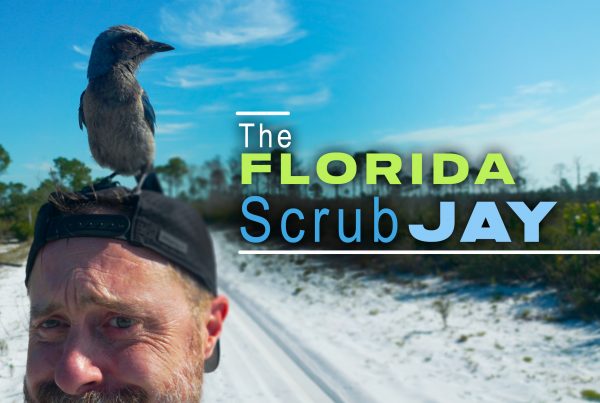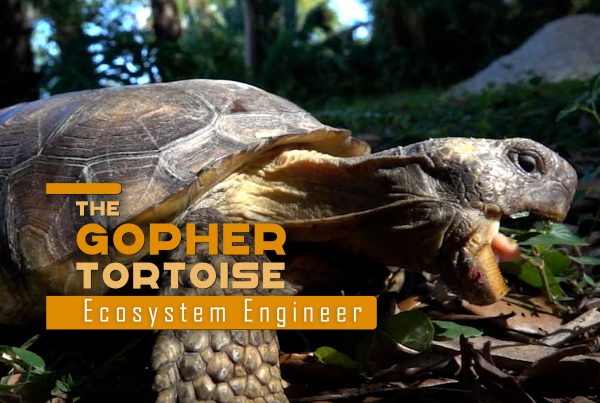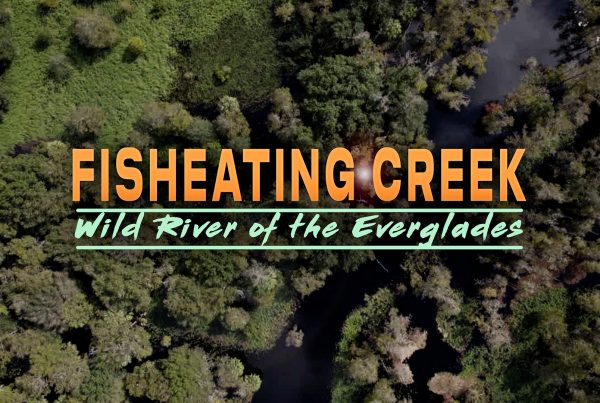Meet the eaters of meat. Grrrrrr.
Endoparasite: an organism living inside of its host and extracting nutrients from it
Ectoparasite: an organism living on the outside of its host and extracting nutrients from it
Scavenger: an organism that feeds on dead organic matter
Obligate carnivore: an organism that depends entirely on meat for nutrients and survival
Carnivores are consumer organisms that eat animal tissue. “Meat-eaters.” This can include internal parasites, also called endoparasites. A daddy longlegs nibbling on a dead wasp has released a round worm that was feeding on the internal organs of the wasp. Gross. Carnivores can also include external parasites, or ectoparasites, like the infamous mosquito. Gotcha! There are even carnivorous plants that can trap and digest insects, like this pitcher plant.
Carnivorous animals can be scavengers that feed on the carcasses of dead animals, or they can be predators that stalk and eat their own prey. At the top of the food pyramid sit the apex predators or top predators. These carnivores are safe and sound from the attacks of all lesser predators – the king of the beasts, so to speak.
Since the flesh of animals, gram for gram, has much more food value than plant tissue, carnivores need much less of it to sustain themselves, although they may expend extra energy chasing down their prey.
In any environment, predation starts at the very bottom and among the very small. Watch this water scorpion nymph only 1/8” long catch a microscopic seed shrimp.
It’s not uncommon for some invertebrates to kill and eat vertebrates, as in the case of this giant water bug eating a small fish and this fisher spider doing the same.
But mostly it is the larger, quicker predator catching its smaller, slower prey.
All snakes are completely carnivorous – we call this an obligate carnivore. All crocodilians are carnivores. So are nearly all frogs, although their tadpoles are herbivorous. All members of the cat family are carnivorous. All spiders are carnivores except one species. Some spin ingenious webs to ensnare flying and jumping insects. With lizards, however, most are carnivores, but some are plant eaters or herbivores. In the case of turtles, again we have a mixture of plant eaters and predators. The alligator snapping turtle has a worm-like tongue for luring in unsuspecting fish.
With their specialized bills and talons, some birds have the tools for snatching fish out of the water. Woodpeckers chip out insects to feed to their young. Warblers have thin bills for picking little insects from the vegetation. Some birds kill other birds for food, like this marabou stork from Africa. Many birds are herbivorous, of course, and take no prey.
Some carnivores are very selective in what they eat. In Florida we have two birds that feed almost entirely on apple snails. The limpkin searches for them with its probing bill. The snail kite catches them with its talons and extracts the meat with its hooked beak.
Wolves and hyenas overwhelm their large prey by hunting in packs.
Some fish actually stalk their prey underwater. It seems there are predators in every niche of the natural world.
Some of the most fearsome carnivores use stealth to catch prey. Reptiles are notorious for this. They may lie motionless like a log and then spring into action, or they may attack when their prey is most vulnerable, as in the case of Nile crocodiles going after wildebeests as they cross the Mara River in Kenya.
Of course, since the less fit animals are often the ones preyed upon, one benefit to the prey population is that it becomes stronger during the process of selection by carnivores.
I know, sometimes predators seem like the cold-hearted villains of the natural world. But they’re really important. The less fit animals are often the ones preyed upon and carnivores help out their prey populations by making them genetically stronger through this process of selection.
Coming soon




